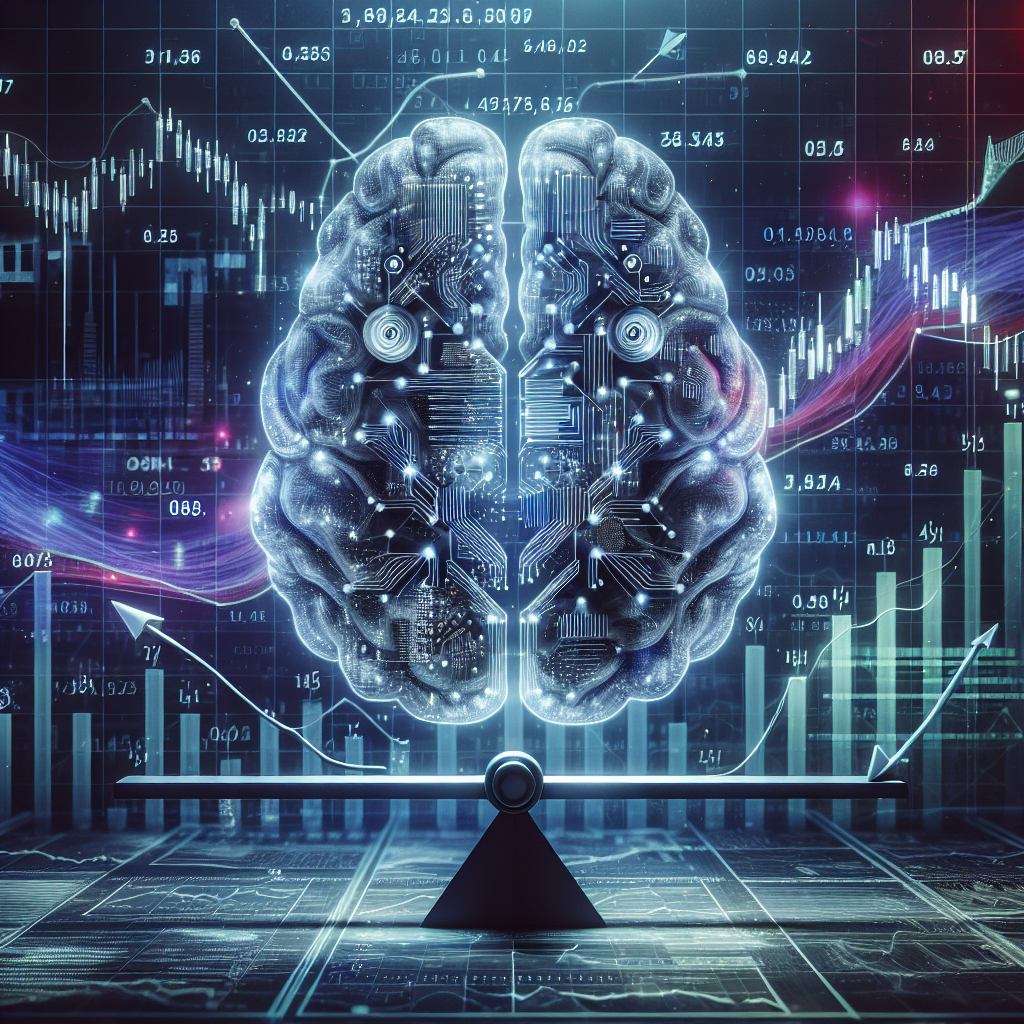In recent years, artificial intelligence (AI) has revolutionized the financial markets, allowing for faster and more accurate trading strategies, risk management techniques, and decision-making processes. AI has become an essential tool for financial institutions, hedge funds, and individual investors looking to gain a competitive edge in the market. However, with the increasing reliance on AI in financial markets, there are growing concerns about the risks associated with this technology and its potential impacts on market stability.
One of the main risks of AI in financial markets is the potential for AI algorithms to make mistakes or misinterpret data, leading to large-scale market disruptions. For example, in 2010, the “Flash Crash” occurred when a single algorithmic trade executed by an AI program caused the Dow Jones Industrial Average to plunge nearly 1,000 points in a matter of minutes before quickly recovering. This incident highlighted the potential dangers of relying too heavily on AI in financial markets, as even a small error in an algorithm can have far-reaching consequences.
Another risk of AI in financial markets is the potential for algorithmic trading strategies to amplify market volatility. AI algorithms are designed to react quickly to market changes and execute trades at a rapid pace, which can lead to sudden and drastic price fluctuations. This can create a feedback loop where increased volatility triggers more algorithmic trading, further exacerbating market instability.
Furthermore, there is also the risk of AI algorithms being vulnerable to manipulation or hacking. As AI becomes more prevalent in financial markets, there is a growing concern that malicious actors could exploit vulnerabilities in AI systems to manipulate market prices or execute fraudulent trades. This could have serious implications for market integrity and investor confidence.
In addition to these risks, there are also concerns about the potential for AI to exacerbate systemic risks in financial markets. AI algorithms are often trained on historical market data, which may not fully capture the complexity and interconnectedness of modern financial markets. This could lead to AI models making decisions based on flawed assumptions or incomplete information, increasing the likelihood of systemic failures.
Despite these risks, AI also offers significant benefits to financial markets, such as increased efficiency, improved decision-making, and enhanced risk management capabilities. AI algorithms can analyze vast amounts of data in real-time, identify patterns and trends, and make predictions with a high degree of accuracy. This can help investors make more informed decisions, reduce human error, and adapt to changing market conditions more effectively.
To address the risks of AI in financial markets, regulators and industry participants must work together to develop robust risk management frameworks and controls to ensure the responsible use of AI technology. This includes implementing safeguards to prevent algorithmic errors, monitoring market activity for signs of manipulation, and conducting regular stress tests to assess the resilience of AI systems in different market scenarios.
Furthermore, transparency and accountability are crucial in ensuring the ethical and responsible use of AI in financial markets. Financial institutions and AI developers must be transparent about the data sources, algorithms, and decision-making processes used in AI systems, and ensure that they comply with regulatory requirements and industry standards.
In conclusion, the risks of AI in financial markets are real and significant, but they can be managed with the right regulatory oversight, risk management practices, and industry collaboration. While AI has the potential to revolutionize the financial industry, it is essential to strike a balance between innovation and risk mitigation to ensure the stability and integrity of financial markets in the long run.
FAQs:
1. What are the main risks of AI in financial markets?
The main risks of AI in financial markets include algorithmic errors, market volatility, vulnerability to manipulation, and systemic risks.
2. How can regulators address the risks of AI in financial markets?
Regulators can address the risks of AI in financial markets by implementing robust risk management frameworks, monitoring market activity, conducting stress tests, and promoting transparency and accountability in the use of AI technology.
3. How can financial institutions mitigate the risks of AI in financial markets?
Financial institutions can mitigate the risks of AI in financial markets by implementing safeguards to prevent algorithmic errors, monitoring market activity for signs of manipulation, and ensuring compliance with regulatory requirements and industry standards.
4. What are the benefits of AI in financial markets?
The benefits of AI in financial markets include increased efficiency, improved decision-making, enhanced risk management capabilities, and the ability to analyze vast amounts of data in real-time to identify patterns and trends.
5. How can investors protect themselves from the risks of AI in financial markets?
Investors can protect themselves from the risks of AI in financial markets by conducting thorough due diligence on AI systems and algorithms, diversifying their portfolios, and staying informed about market trends and developments in AI technology.

